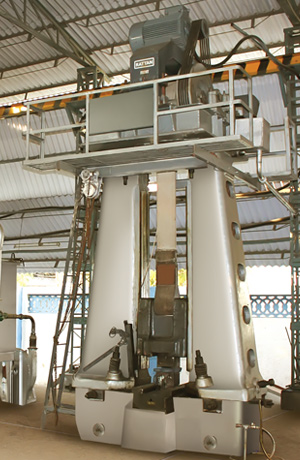Process
Connecting Rod Manufacturing Process
Highly motivated engineers and technical experts with many years of experience and a trained eye monitor the quality of our products throughout the entire production process. Strict quality specifications and regular inspections guarantee the absolute reliability of our products.
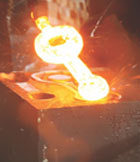
Don't accept imitations for your high performance engine. Demand the Quality and superiority of Power Industries High Performance Con rods.
Connecting rods are used in numerous situations, most commonly in the engines of automobiles. Connecting rods connect the crankshaft to the pistons and are necessary for the proper functioning of an internal combustion engine. The purpose of a connection rod is to provide fluid movement between pistons and a crankshaft. Connection rods are widely used in vehicles that are powered by internal combustion engines.
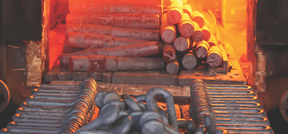
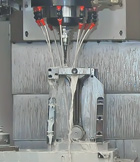
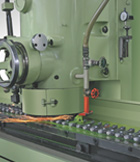
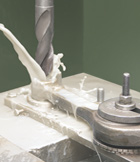
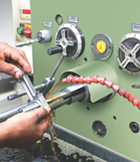
Utmost care is also taken on the torque in the bolts and nuts to the exact value specified. The connecting rods are usually made of steel alloys like 42CrMo4, C-70, EN-8D, SAE1141, etc. Connecting rods are usually drop forged out of a steel alloy. Aluminum and titanium are both materials that are also used in the manufacturing of connecting rods for performance vehicles.
These are under tremendous stress from the reciprocating load represented by the piston, actually stretching and relaxing with every rotation, and the load increases rapidly with increasing engine speed. All connecting rods for automotive use need to be lightweight but strong enough to withstand and transmit the thrust from the pistons to an engine's crankshaft. Holes on both ends of a connecting rod are machined to perfectly connect to pistons and the crankshaft.
Connecting rods are available in a variety of sizes and materials ideal for certain situations.We have also developed the Fracture Split [Crack] Connecting Rods [The latest High Quality and High accuracy process for forging and casting].
